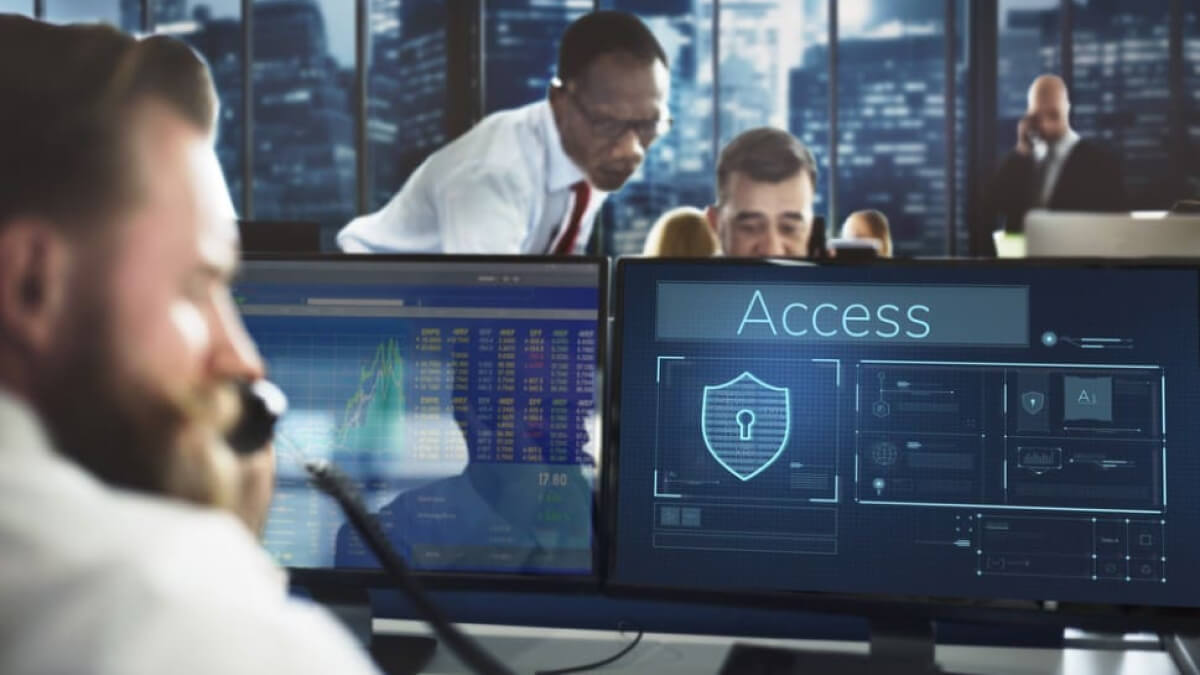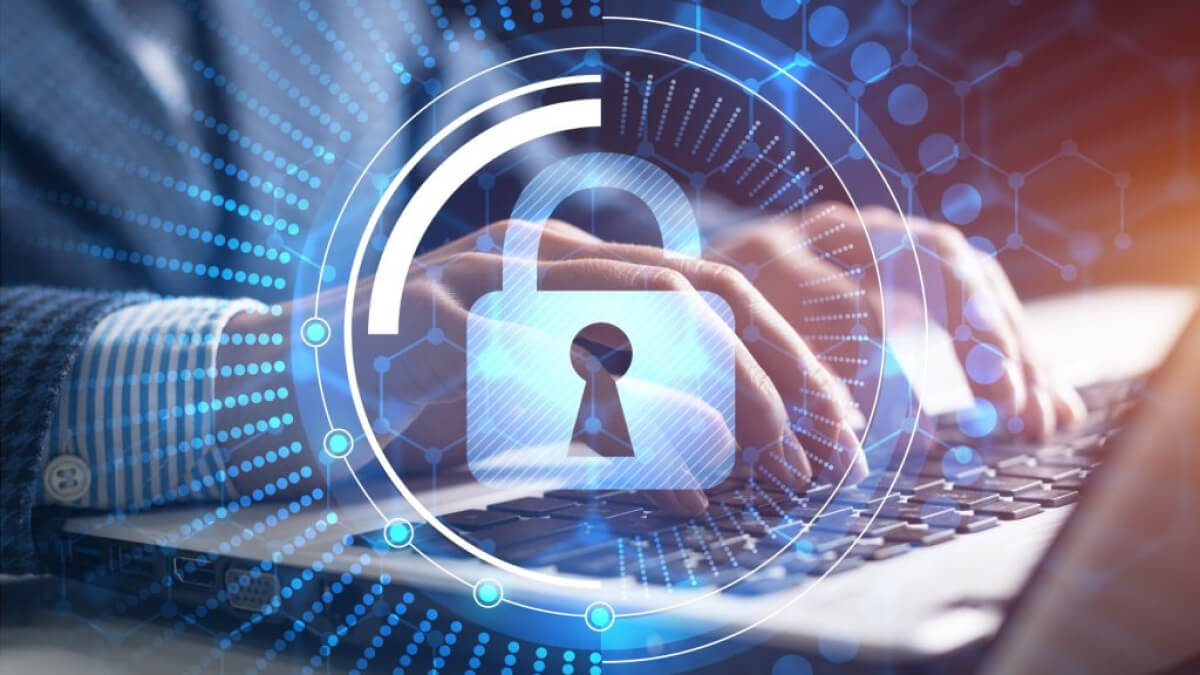As cyber threats grow ever more sophisticated, more and more organizations are recognizing the need for a more proactive approach to cyber security. Continuous Threat Exposure Management (CTEM) is one of the most effective ways to find and mitigate potential vulnerabilities before they’re exploited.
Adopting a CTEM strategy takes time, resources, and skills. The first step to implementing a new security approach is building a trained and capable team.
Additionally, with CTEM becoming a critical aspect of modern cybersecurity, new teams are evolving simultaneously. This includes CTEM Program Owner’s who are responsible for assessing the organization’s current security posture and charting the course toward a proactive, preemptive, defense strategy.
The Foundation of a Successful CTEM Program
A solid CTEM program is built on the principles of continuous monitoring and improvement of a business’s security posture. By keeping a constant eye on the security landscape and taking necessary proactive steps to combat risks, organizations can stay ahead of potentially devastating threats.
However, there’s a big difference between deciding to adopt this level of security and successfully doing it. To achieve this level of vigilance, a company will need to assemble a dedicated team of professionals with the right set of technical skills, analytical capabilities, and strategic thinking, all of whom will need to train to work together seamlessly to combat ever-evolving cyber threats.
Key Roles in a CTEM Team
While the specific structure of each team will vary depending on the company’s needs, there are a handful of key roles that are required for any successful CTEM program.
CTEM Program Manager
The CTEM Program Manager is the cornerstone of any team, responsible for running the entire program and ensuring that its goals are aligned with the company’s wider business objectives. The role requires a blend of technical knowledge, leadership skills, and strategic thinking.
A good CTEM Program Manager should have a truly thorough understanding of cybersecurity best practices. In addition, the program manager will need excellent project and people management skills, the ability to communicate effectively across departments and disciplines, and an innate instinct for threat prioritization.
The program manager’s primary responsibilities include developing the overall CTEM strategy, coordinating across teams and departments, and setting metrics for measuring the program’s effectiveness. Key performance indicators (KPIs) such as time to remediate vulnerabilities, time to identify critical defects, and other relevant benchmarks must be identified and tracked regularly. The program manager also negotiates these KPIs across teams to ensure alignment and accountability.
In addition, the role involves conducting regular reviews and leading process improvement initiatives to continuously optimize the CTEM program. Reporting progress to external stakeholders is also essential to maintain transparency and demonstrate the program’s success. Ultimately, the program manager is accountable for ensuring the CTEM program achieves its goals.
Threat Intelligence Analyst
Threat Intelligence Analysts gather, analyze, and disseminate information about potential threats. They provide the context that the program manager needs in order to prioritize risks and make informed decisions about security measures.
Analysts need strong research skills and deep familiarity with a wide variety of threat intelligence tools. They need the ability to not just synthesize complex information, but distill and present it clearly to audiences that may lack their own technical knowledge and vocabulary.
With these skills, analysts are responsible for monitoring and assessing threats the organization may face. They must learn to recognize emerging threats and attack patterns and produce intelligence reports with actionable insights for team members and other stakeholders. They must collaborate with other, non-CTEM security teams in order to coordinate across security initiatives and maintain a seamless organizational defense.
Vulnerability Management Specialist
Whereas the Threat Intelligence Analyst’s job is to synthesize and comprehend security data, the Vulnerability Management Specialist’s focus is on conducting the scans that bring this information in. They’re essential to maintain an up-to-the-minute understanding of the company’s complete attack surface and potential points of weakness.
To be effective in this role, a Vulnerability Management Specialist needs to be proficient in a whole host of vulnerability scanning tools and techniques. They should have a working knowledge of various operating systems, applications, and network protocols, as well as a solid grasp of common vulnerabilities and their potential impacts. Problem-solving skills and analytical thinking are must-haves for this position.
The day-to-day responsibilities of a Vulnerability Management Specialist include running regular vulnerability scans across the organization’s IT assets, picking apart the results to prioritize vulnerabilities based on risk, and working hand-in-hand with IT and development teams to implement necessary patches and fixes. They’re also tasked with maintaining an up-to-date inventory of assets and their associated vulnerabilities, which is no small feat in today’s complex IT environments.
Security Operations Analyst
While the Vulnerability Management Specialist is busy scanning for potential weaknesses, the Security Operations Analyst is on the front lines, monitoring the organization’s security infrastructure and responding to potential incidents in real-time. In the context of CTEM, they play a critical role in detecting and addressing threats as they emerge.
A successful Security Operations Analyst needs to be proficient in security information and event management (SIEM) tools and have a solid understanding of network protocols and common attack vectors. They should be able to sift through mountains of log data to spot anomalies and have the problem-solving skills to respond effectively to incidents.
The primary responsibilities of a Security Operations Analyst include keeping a watchful eye on security alerts and investigating potential incidents, analyzing security logs and network traffic for signs of compromise, and coordinating with other team members to respond to and mitigate security threats. They’re also responsible for continuously improving detection and response processes based on new threat intelligence, ensuring the organization stays one step ahead of potential attackers.
Risk Assessment Specialist
The Risk Assessment Specialist plays a crucial role in evaluating the potential impact of identified threats and vulnerabilities on the organization. Their work helps prioritize mitigation efforts and ensures resources are allocated where they’re needed most.
To excel in this role, a Risk Assessment Specialist needs strong analytical and quantitative skills, a thorough understanding of risk assessment methodologies and frameworks, and knowledge of regulatory compliance requirements relevant to the organization. They also need the ability to communicate complex risk concepts to non-technical stakeholders, which is no small feat.
The main responsibilities of a Risk Assessment Specialist include conducting regular risk assessments across the organization’s IT infrastructure, analyzing the potential impact of identified threats and vulnerabilities, developing risk mitigation strategies in collaboration with other team members, and producing risk reports for management and other stakeholders. It’s a role that requires a balance of technical know-how and strategic thinking.
Penetration Tester
Last but certainly not least, we have the Penetration Tester, also known as an ethical hacker. These individuals play a vital role in CTEM by actively testing the organization’s defenses and identifying potential weaknesses that could be exploited by malicious actors. In essence, they think like the bad guys to help the good guys stay safe.
To be effective in this role, a Penetration Tester needs to be proficient in various hacking tools and techniques, have a strong understanding of network protocols and security technologies, and possess knowledge of common vulnerabilities and exploit methods. Perhaps most importantly, they need the ability to think creatively and approach problems from an attacker’s perspective.
The key responsibilities of a Penetration Tester include conducting regular penetration tests on the organization’s systems and applications, identifying and exploiting vulnerabilities to demonstrate potential attack paths, providing detailed reports on findings and recommendations for remediation, and collaborating with other team members to improve overall security posture based on test results. It’s a role that requires constant learning and adaptation, as the threat landscape is always evolving.
Cultivating a Culture of Continuous Learning and Adaptation
The field of cybersecurity is a bit like a game of cat and mouse, with new threats and technologies emerging at a breakneck pace. To keep a CTEM program effective, organizations need to foster a culture of continuous learning and adaptation within their teams. This isn’t just about staying current—it’s about staying ahead of the curve.
Leadership can begin nurturing this culture by setting up ongoing professional development programs and encouraging knowledge sharing and collaboration across team members. It’s not just about formal learning either—creating an environment where team members feel comfortable asking questions and sharing insights can lead to valuable collective growth.
By investing in the continuous growth and development of their CTEM teams, organizations can ensure they remain well-equipped to face the challenges of an ever-changing threat landscape. It’s not just about keeping up – it’s about staying one step ahead of potential threats.
Building a Resilient Cybersecurity Defense
In an era where cyber attacks are becoming more frequent and advanced, investing in a skilled CTEM team is not just a matter of security – it’s a strategic imperative for business continuity and success. By building and nurturing these teams, organizations can stay ahead of potential threats, protect their critical assets, and navigate the digital landscape with confidence.Ready to enhance your organization’s cybersecurity posture with advanced CTEM capabilities? Schedule a demo today.



